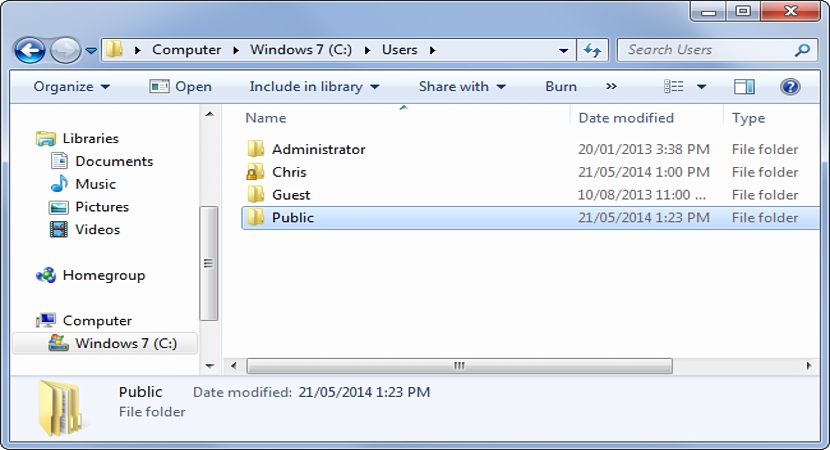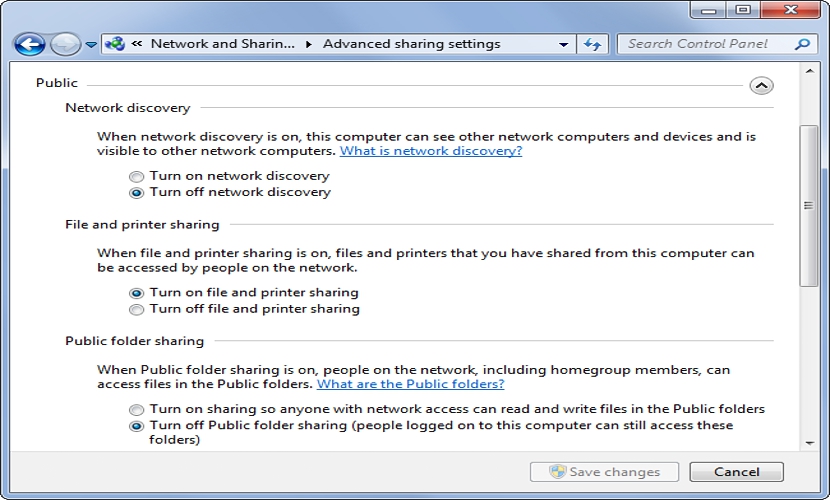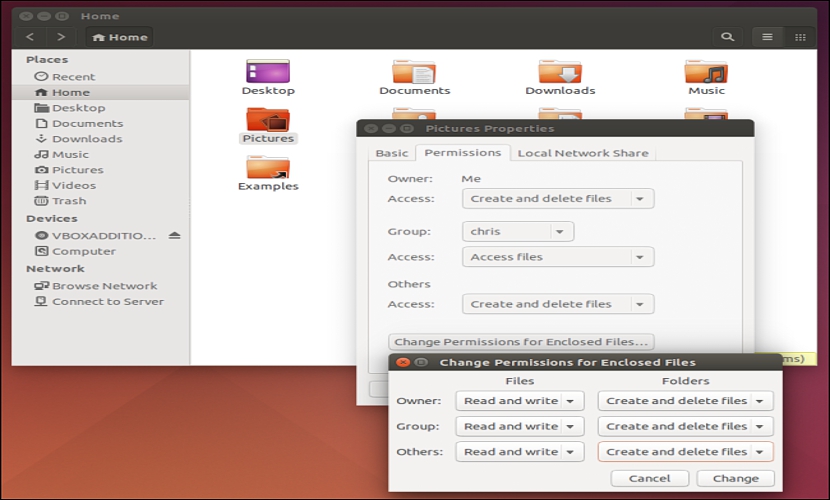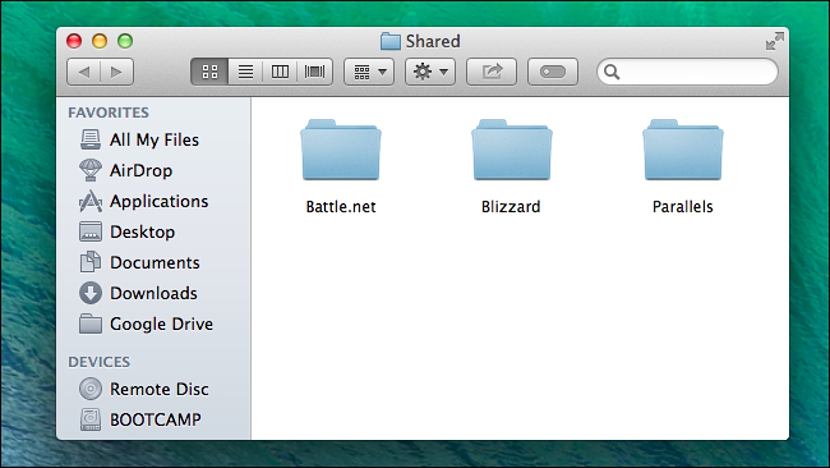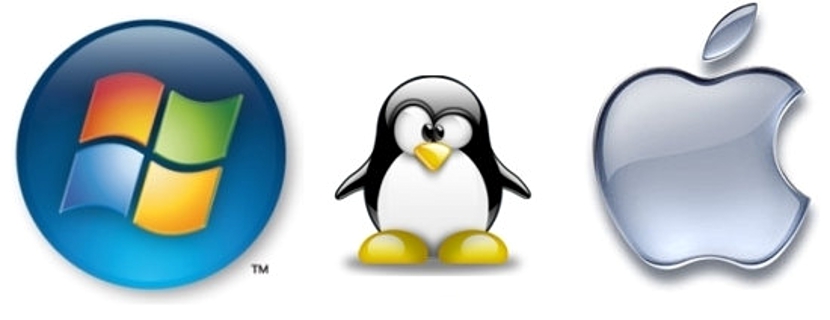
Have you ever seen "public access" in Windows? Some people have come to this place with their file explorer, in which many of the times there is absolutely nothing and which nevertheless comes to be considered a native tool when wanting to share files with other users who are training part of our network.
A small clarification should be made at this precise moment, and that is the term "public access" would be a bit misidentified in the operating system, since in reality everything that is hosted there will not be literally "public", but rather, only those who are part of the same local network will have access; Having taken into account this very important little consideration, in this article we will mention the different ways that exist to be able to share files (under the modality described) both on a Windows computer, one with Linux and even one with Mac.
Share files within the Windows environment
Let's suppose that at a certain moment you need to share a multimedia file (photos, audio or video), to another computer that is part of the network; the only thing you would need to do is select that file and take it to a specific path, which is:
There you will find a few directories that Windows has created automatically and by default, which you can vary according to your need. But this function is not always activated to be able to share files within the local network, something that you should previously configure using the following steps:
- We select the Button Windows Start Menu.
- We chose Control Panel.
- We head towards the area of «Internet networks«.
- Now we select the link «Center network and sharing«.
- On the right side we select the link «Change Advanced Sharing Settings«.
With these steps that we have suggested, we will immediately find ourselves in a window where the option «Enable Sharing ...»(In Windows 8.1) and in the«All Networks«.
With these simple operations that we have mentioned now, we will only have to place any type of files in the directories present in the address that we suggest at the beginning, which will allow other users of different computers to read and even delete those files if they do. consider relevant.
File sharing in Linux environment
In a very wrong way, many people say that when talking about Linux they are referring to a completely complicated operating system, something that is not true but rather, it is only a matter of knowing a few tricks to adopt when performing a specific task.
Speaking specifically of the objective that we have set ourselves (file sharing), in Linux we would only have to perform the following steps:
- We navigate through the file explorer to the directory that we want to share.
- In the same we click with the right button and select «Properties«.
- From the new window that appears, we go to the «Permissions«.
- Here we go towards the end of the window to the area of «Others" (Others).
- In the option «Access»We select the option«create and delete files«.
Basically that is the only thing we would need to do, a procedure that is allowing other users of different computers on the same local network, to manage the files that are located in the folder that we have defined as public.
Share files within the Mac environment
If the procedures we discussed above were easy to perform, even more so what we will indicate below when sharing files on a Mac computer. Here we will only have to:
- Open our Finder
- Click Go -> Computer
- Then navigate to "Macintosh HD -> Users -> Shared"
This location in which we have placed, is the one in which we must copy those files that we want to share with other computers that are part of the same network. In this way, the possibility of performing this task becomes one of the easiest to perform without having to handle IP addresses or configure the computer with third-party applications, but rather, with little tips and tricks that are easy to follow and remember.
